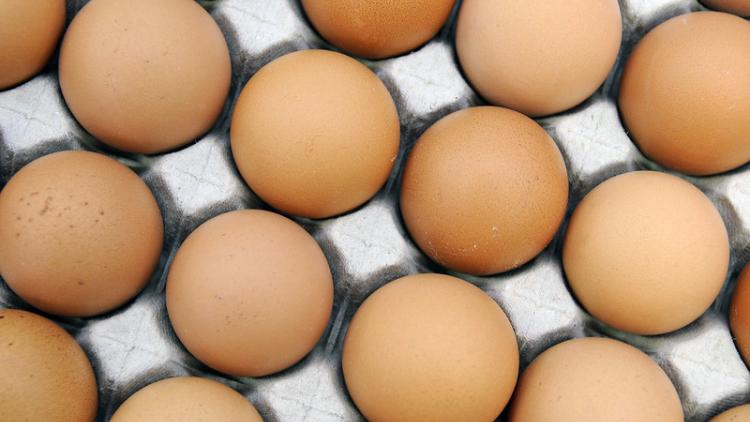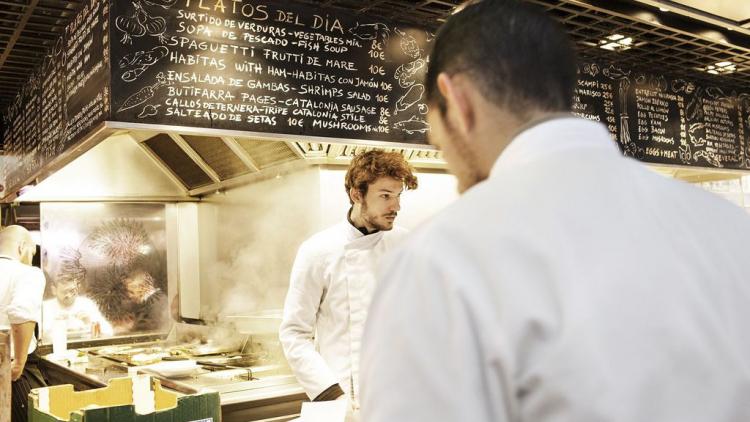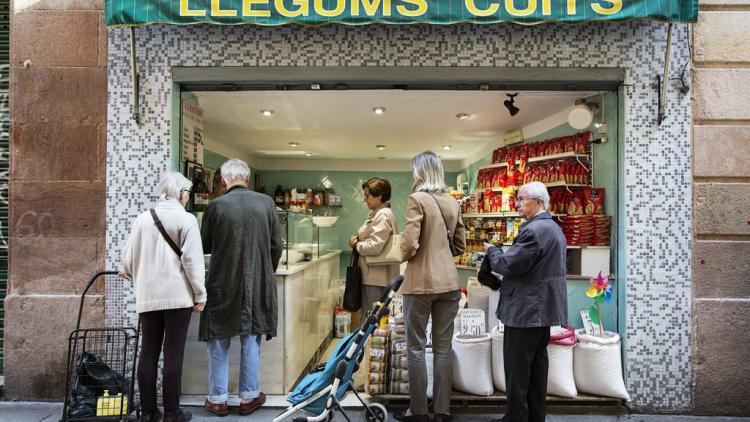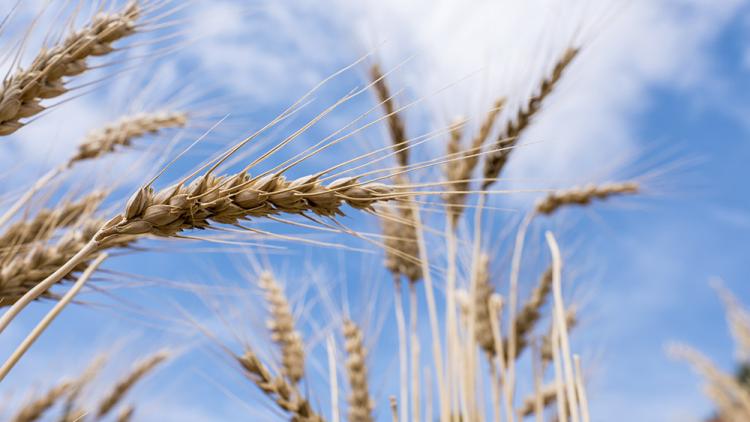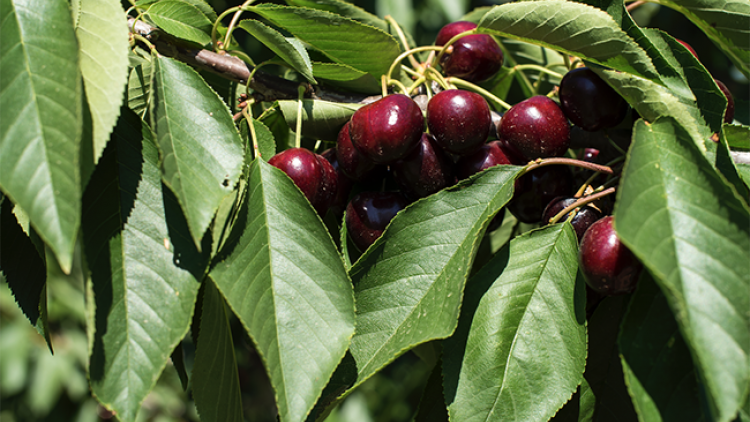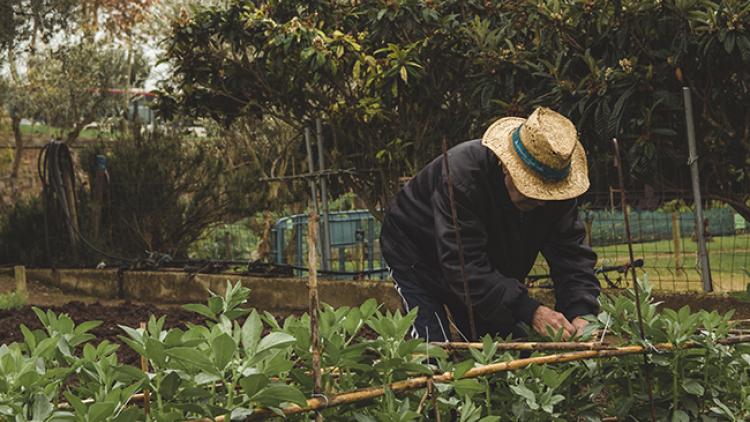Strenghtening local economies
Sustainable food is all about feeding the population in a way that benefits people, regions and the planet as a whole. Food must be produced, transformed, sold, bought and consumed with a view to promoting health, prosperity and social justice and looking after, preserving and regenerating resources and ecosystems. All in all, we need to make sure that future generations can also eat healthily and sustainably.
Barcelona’s year as the World Sustainable Food Capital must also be harnessed to boost the green economy in local trade: our markets, our neighbourhood shops, our farmers and producers, our local restaurants...
The production, preparation, distribution, sale and consumption of fair-trade, healthy and sustainable food provides economic benefits for the stakeholders in sustainable food, especially local organic farmers, the sustainable restaurant sector, markets and small-scale retailers. These agents, whose agricultural and commercial practices create balance in the region, have the opportunity to promote, regenerate and celebrate the links and interdependence between the rural world and cities.
Barcelona goes to the market!
Shopping at the market is all about social, environmental and cultural sustainability. The markets of Barcelona contribute towards improving city residents’ quality of life, while promoting healthy, balanced eating and boosting the green economy by offering local products.
In addition, not only do Barcelona’s markets provide a positive, healthy experience of community life: they also become a driving force in their neighbourhoods by leading the way in commerce. They are key elements in the economic development and creation of employment in each neighbourhood.
Barcelona shops locally!
Local shops and municipal markets fill our neighbourhoods with life. Over the years, Barcelona has gradually consolidated its commercial model based on the values of proximity, responsibility and sustainability. Investing in, trusting and consuming from these shops builds a friendlier, more sustainable city that is more resilient to the climate emergency. So let’s back them!
Barcelona enjoys its local restaurants!
Barcelona has a strong, high-quality, sustainable restaurant sector that is committed to the environment, including 9,300 bars and restaurants and 5,500 licences for ordinary terraces.
For years now, this sector has been promoting local, organic produce, and its service helps to create more dynamic, safe and attractive neighbourhoods. The city’s culinary offering will not only thrill you but also let you spend time with your loved ones while enjoying a taste of the cultures that have found Barcelona to be the ideal place for them to put down roots, grow and find their niche. Shall we go for a bite to eat? Or do you want to taste the Seasonal Menus?
Barcelona reconnects production and sustainable consumption
Over the last fifty years, the urbanised surface area of the province of Barcelona has grown by 330%, while the land used for crops has shrunk by 40%. Between 1990 and 2012, the metropolitan region of Barcelona lost between 30% and 50% of its agricultural land.
To make Barcelona’s food more sustainable, the spotlight must be shined on the work of all those who make it possible for us to eat well. Links must be made with the rural world through food consumption.
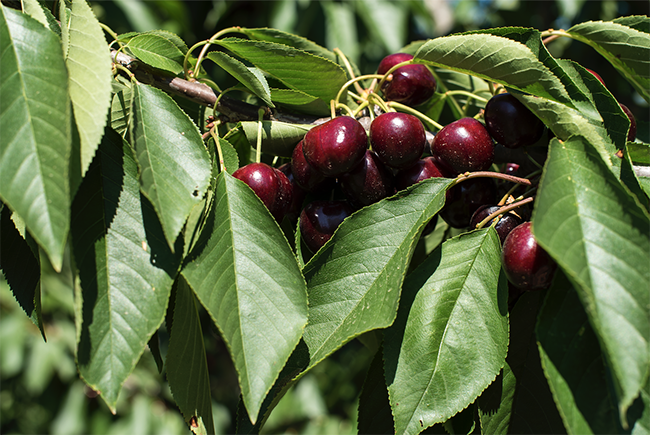
Barcelona’s metropolitan region has plenty to offer: regionally speaking, it includes El Barcelonès, El Baix Llobregat, El Maresme, El Garraf, L’Alt Penedès, El Vallès Oriental and El Vallès Occidental, a total of 164 municipalities, home to over five million people and regions traditionally associated with farming, which needs to be reconsidered from a sustainable perspective so as to ensure access to local, seasonal, organic and healthy food.
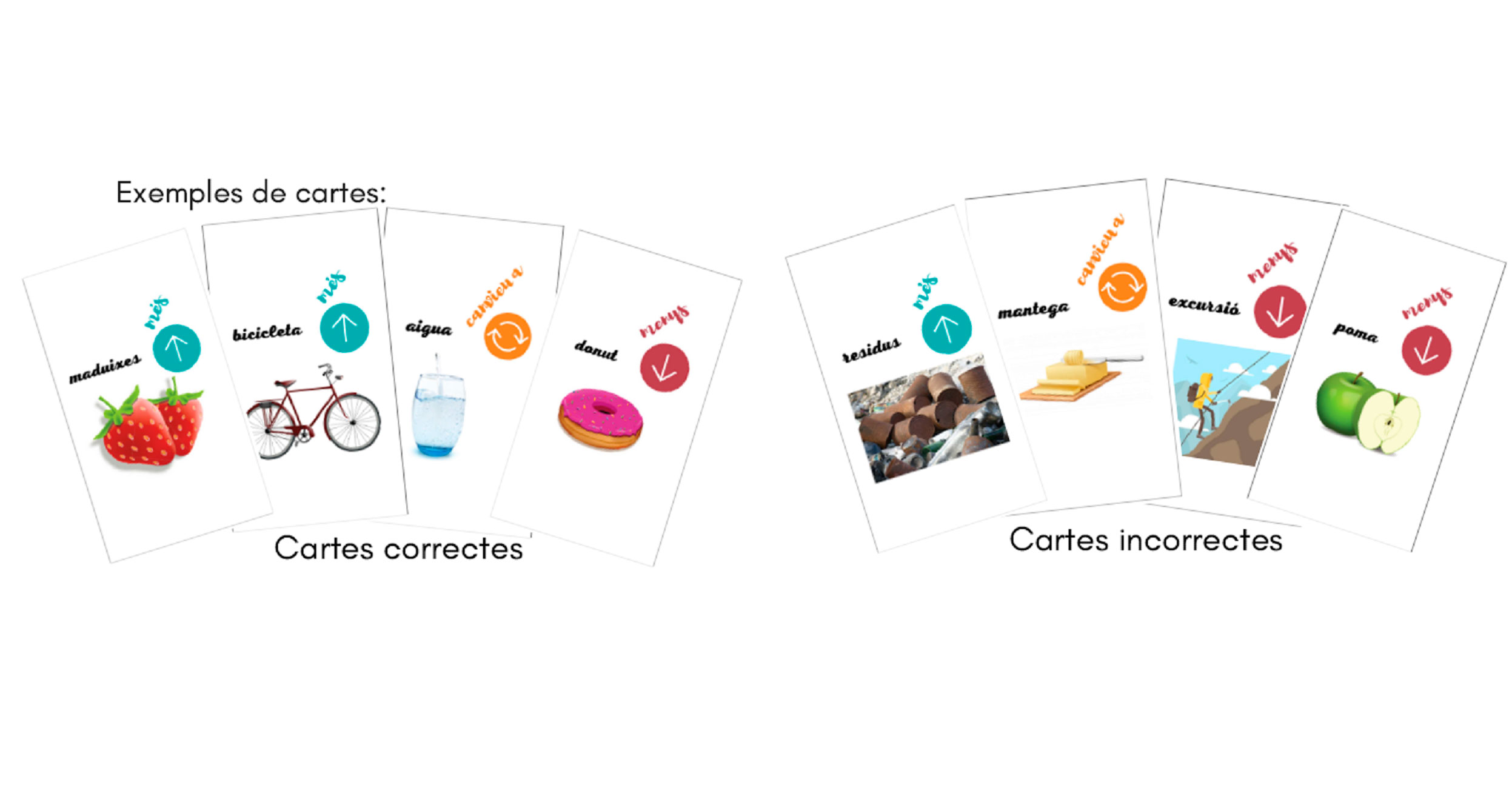
Metropolitan agricultural parks
Barcelona's metropolitan region remains a source of agroecology in our region. You will find further information below on Barcelona’s active metropolitan agricultural parks and rural spaces:


